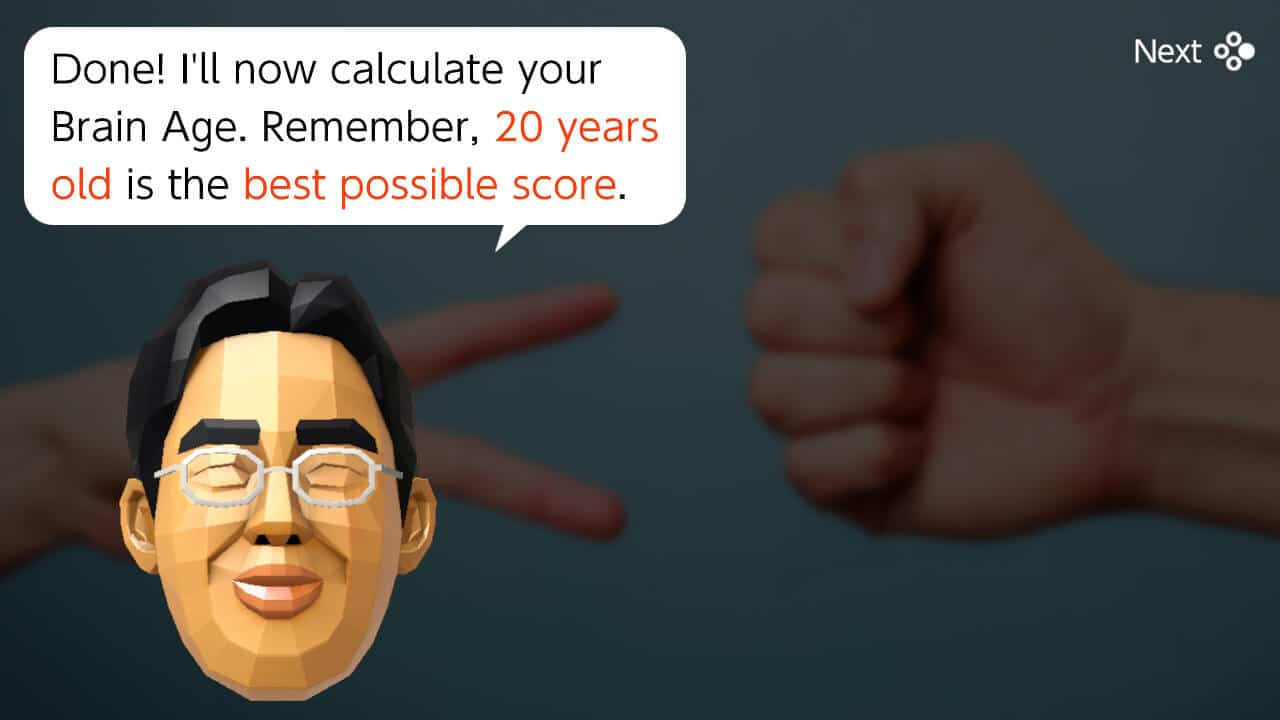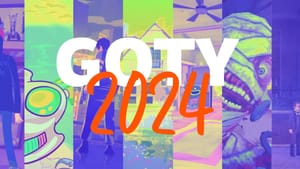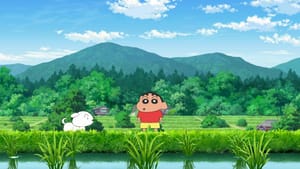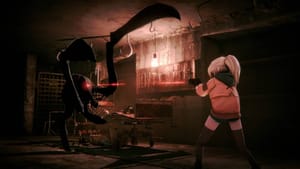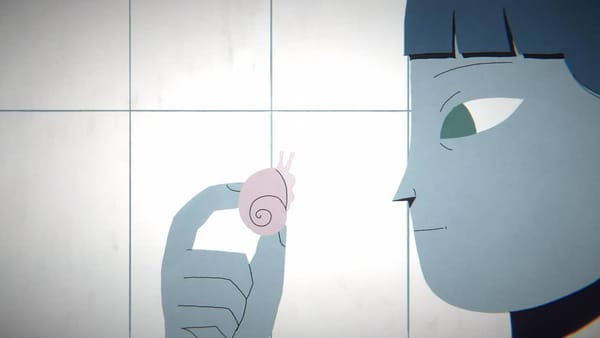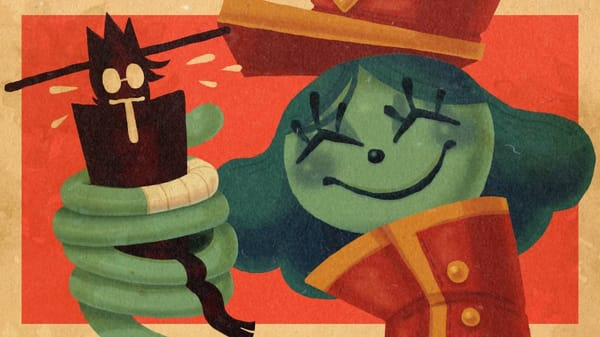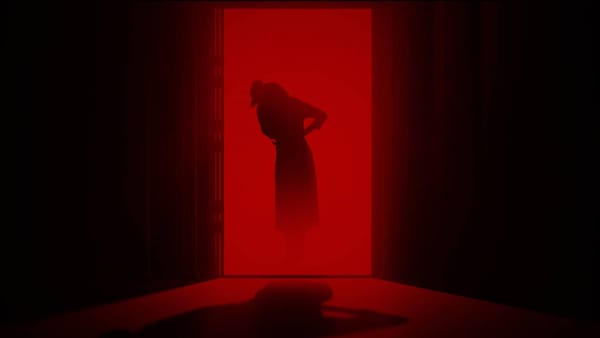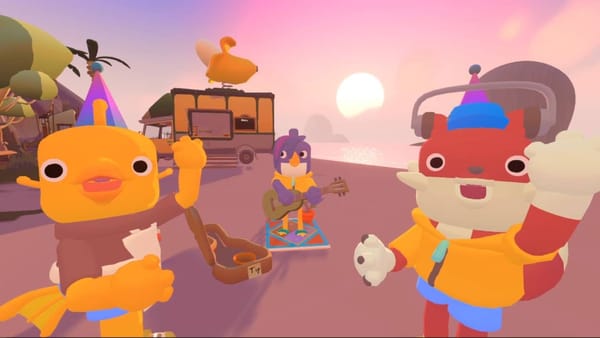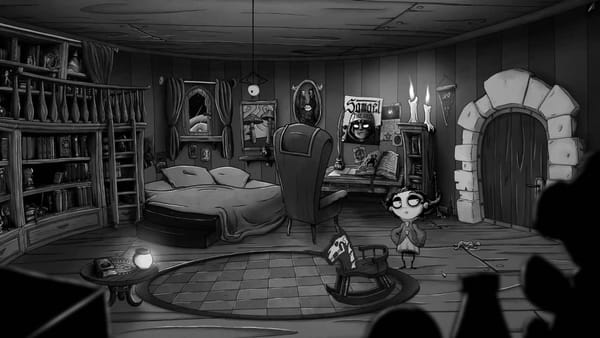For the majority of my time on planet Earth, I think it’s fair to say that I haven’t used my brain as effectively as I should have, so I’ve recently been consulting with Dr Kawashima’s Brain Training for Nintendo Switch, by Nintendo to give things a bit of a boost.
The good doctor, made famous for titles on the Nintendo DS almost 15 years ago, allowed the use of his name to carry over to the numerous titles since that first game in 2005. How involved he is in these games now, I’m not entirely sure, but he knows his stuff. A specialist in neuroscience, he was often on the panel shows on Japanese TV and the canned oohs and ahhs actually felt pretty authentic this time around as he’s a very smart guy. He’s like the equivalent of Professor Brian Cox; incredibly intelligent but makes everything so accessible and enjoyable with infectious amounts of enthusiasm.
For a game like Dr Kawashima’s Brain Training for Nintendo Switch, the purpose is to calculate your current brain age and help improve your brain health with varying challenges that include maths, English and logic puzzles. There have since been heaps of similar titles on multiple platforms and also mobile gaming, but Dr Kawashima’s Brain Training For Nintendo Switch is the granddaddy of the genre.

My Dr Kawashima’s Brain Training For Nintendo Switch Review
Ignoring the backstory, Dr Kawashima’s Brain Training for Nintendo Switch was an inevitable release, having sold 19 million copies, it was one of those titles that made the Wii so accessible to non-gamers, keen to improve their cognitive functions. I for sure bought them to play on my daughter’s DS as well as some spin-offs on the Wii, but never truly made a habit of playing them. Will the Switch version change my mind?
One thing worth noting is whether you need a stylus or not. With the physical version, you get one in the package but understandably, nothing with the digital version, which is the copy I purchased. You can, however, order one directly from Nintendo, but I’m sure you can use any sort of stylus effectively. That doesn’t mean you need to go buy an Apple Pen or equivalent – something cheap on Amazon would work.
If you want to cut to the chase, you can get the physical version over at Amazon. The following is an affiliate link, so if you purchase it, I’ll get some pennies to put towards other games.
As mentioned though, the goal of Dr Kawashima’s Brain Training for Nintendo Switch is to, first of all, calculate your supposed brain age, and pending what that score is, to set up a daily habit of improving that. In the intro to the game, the 3D avatar of Dr Kawashima often states that the results relate to a study conducted in 2013 – not that it matters, if it works, it works. Still, there is consistency with each challenge that indicates that the game could improve your abilities. There’s no guarantee. But really, do you think that a game can solve all of all brain woes?
What’s New Switch You?
The Switch version isn’t really that different from the others. Visually it’s the same and doesn’t win any awards for the graphics – even the 3D head of Dr Kawashima is the same as before. Just a little bit better than the graphics for Andross in Starwing (that vector head boss). But the graphics aren’t important as it’s the puzzles that matter.
You can use the joy-cons in this version though with the IR camera with games such as Rock, Paper, Scissors. This was already a flaw as it should be Stone, Paper, Scissors. Don’t read too much into that. The use of the IR camera is probably the first time I’ve genuinely seen it in action. To be honest, other than hotdog eating in 1-2-Switch, I felt it was pretty much redundant.
With this game in particular, you remove the right-hand joy-con and point it towards the hand you write with. On the screen, you will see a blue representation of your hand each time you pull off a pose. In the actual game, you alternate between winning and losing i.e. a rock will appear and the command is to lose, so you would need to react with scissors and so forth. It’s an interesting game that again will calculate your brain age based on accuracy and reaction time.

Dr Kawashima’s Brain Training Modes
In the beginning, there are two main options to choose from. The first is Quick Play and the second is Daily Training. Let’s focus on the first then as that’s easily the most accessible as you can dive straight into the action, and be relatively anonymous as it doesn’t necessarily record your results.
In this section, you can also play head-to-head with a friend or family member through a variety of mini-games. There are three games in particular that work well as a head-to-head. The first is Bird Watching; bird silhouettes are scattered across the screen and you need to guess how many are there, or if fast enough, count them up. Flag Raising is merely a character holding up flags in a variety of directions that you need to mimic when it’s your turn.
Finally, there is Box Counting. Much like Bird Watching, you have to count how many 3D boxes, or cubes, appear on the screen. Only thing is you have a very short time to process the information, so it makes for a great quick-fire round. There are also other games that can be played solo which also appear in the Daily Training. This includes Finger Drills, Finger Calculations and mental arithmetic in Calculations x25.
Time To Exercise Your Brain
The point of Daily Training is to repeatedly train your brain to function a little better. This won’t make you a brainiac overnight, but the drilling of exercises can improve reaction times and help you think clearer. I have to admit, when I tried this on the DS many moons ago, I stuck with it a month every day and while I didn’t feel radically different, my processing speed was way better than I thought. It’s early days at the moment, but my aim is to play every day. If I can do it for Mario Kart Tour, I’m sure I can do something a bit more constructive.
Anyway, with the Daily Training section, you attempt various challenges to improve your skills and beat previous times. Again, the aim is to calculate your brain age and improve on it. With the age of 20 being the best score you can get, my first attempt I scored a brain age of 80. Now I didn’t expect to get a good score, but this was far too high and I think this was more to do with the IR camera. Really. My second attempt I dropped to 61, so now I’m 50/50 whether it was the camera or me.

I’ve been meaning to get something like Dr Kawashima’s Brain Training for Nintendo Switch as I’ve been getting muddled up and not as quick-witted as I once was. Perhaps some elements are to do with age, but I think that aside from adequate rest and a decent diet, it doesn’t hurt to test the old grey matter a bit and this feels ideal. Maintaining a daily habit shouldn’t be too difficult, but it isn’t exactly the most fun you can have on your Switch. Another exercise is reading aloud. For sure, I’ve dropped in this as I have no need to read aloud other than storytime with my youngest, but apparently through practice, this can improve the prefrontal cortex. But, I could read any text aloud, couldn’t I?
It’s tricky as to whether I can recommend this title where there is already an abundance of similar, better-presented titles out there that you can get on your mobile. More importantly, they’re all a lot cheaper. Dr Kawashima’s Brain Training for Nintendo Switch isn’t exactly the cheapest title. I got it for a few quid short of the £24 asking price as I had some points left over. Is it worth the price? Well, if my brain functions a little better than normal than sure, it’s worth it. However, you can get free apps on your phone that could be just as good, if not better.
The thing is, I don’t know whether these have ample research applied to them. With Dr Kawashima, regardless if he was involved or not, his name endorses the product and that’s enough for me. Yes, holding the Switch in a vertical position on and off is a bit annoying but I have a stand for it that works fine. Do you really need a stylus? From my experience, not really. The handwriting detection is accurate enough but there is the odd occasion where the screen doesn’t recognise your input and you get penalised a bit. Still, I don’t think a stylus would really make that much difference.
If you’re familiar with other Nintendo titles such as Wii Fit, then you’ll feel at home with the overall presentation. It feels very familiar, Dr Kawashima’s head is reminiscent of the paperclip from MS Word, only much more welcome and less annoying. The tips are a little broad at times and as mentioned before, the emphasis is placed on this game possibly helping you out. It’s not a cure like a snake oil that gives you a photographic memory. Though that would be nice. Overall, it’s just a ‘nice’ Nintendo staple that could help you to remember your pin number without writing it in lipstick on the mirror. Even if you don’t wear lipstick.
N.B. Just a quick follow on from when I started to bash out this review, I note that there is a slight issue with the screen registering when you’ve written a ‘5’ often correcting it to ‘3’. I don’t have some maverick way of writing, so quite surprised that this has been happening quite a bit.


